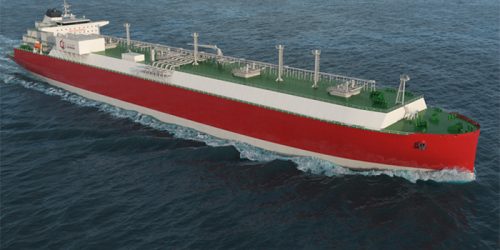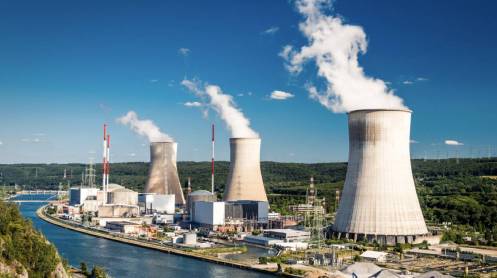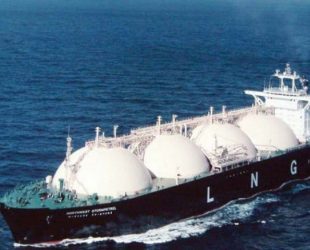Qatar Petroleum is one of several leading international LNG players that have signed a multi-party agreement collaborate on the development of new medium and large liquefied natural gas (LNG) carrier designs using the LNT A-BOX LNG containment system.
Based on IMO requirements for independent type A tanks, the LNT A-BOX cargo containment system is a new design that has recently been deployed on the 45,000 cu.m ABS-classed vessel Saga Dawn, which entered commercial service in the second quarter of 2020.
Other signatories to the agreement include the developer of the system, Singapore-based LNT Marine, ABS, Shanghai Waigaoqiao Shipbuilding (SWS), Qatargas and affiliates of ConocoPhillips, ExxonMobil, Shell and Total.
“With this signing, Qatar Petroleum reaffirms its commitment to the continuous improvement of the LNG industry by supporting new concepts and encouraging innovation in areas that benefit the industry as a whole, in a safe and economic manner,” said Qatar’s Secretary of State for Energy Affairs, Saad Sherida Al-Kaabi, who is President & CEO of Qatar Petroleum. “Competition is critical for technology advancement, and we are pleased to play an active role in this regard with our industry partners.”
The LNT A-BOX technology is based on a robust self-supporting prismatic tank and proven principles. According to LNT Marine, the idea behind the technology was to develop and commercialize a simple and efficient cargo containment system that could enable more shipyards to build LNG carriers at a reasonable cost.
David Wu, LNT Marine’s Founder and Chairman, said, “We are very pleased to cooperate with Qatar Petroleum and other market leaders in the LNG industry, to support new technology development for the next wave of LNG carriers.
“Based on our decade of hard work and today’s cooperation with Qatar Petroleum, Qatargas and the other distinguished international partners, including ABS and SWS, we have confidence in our ability to develop state-of-the-art LNG carrier designs with the LNT A-BOX containment system to accommodate the future shipping requirements of the LNG industry.”







